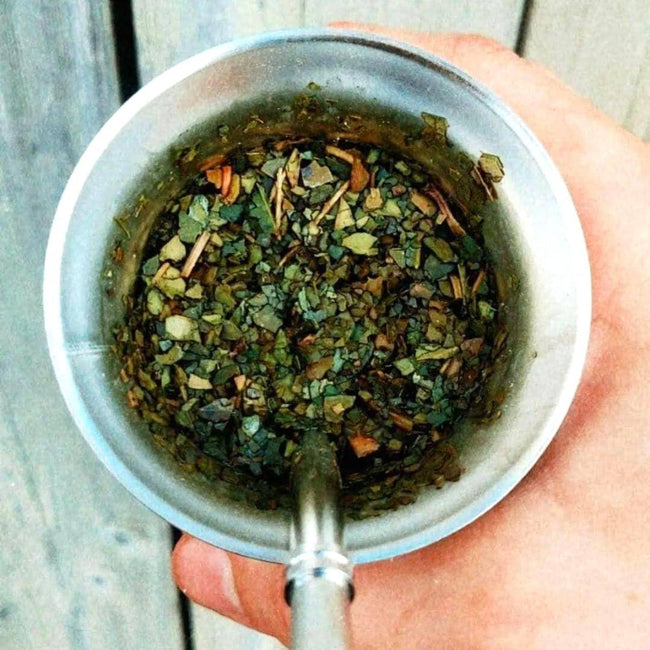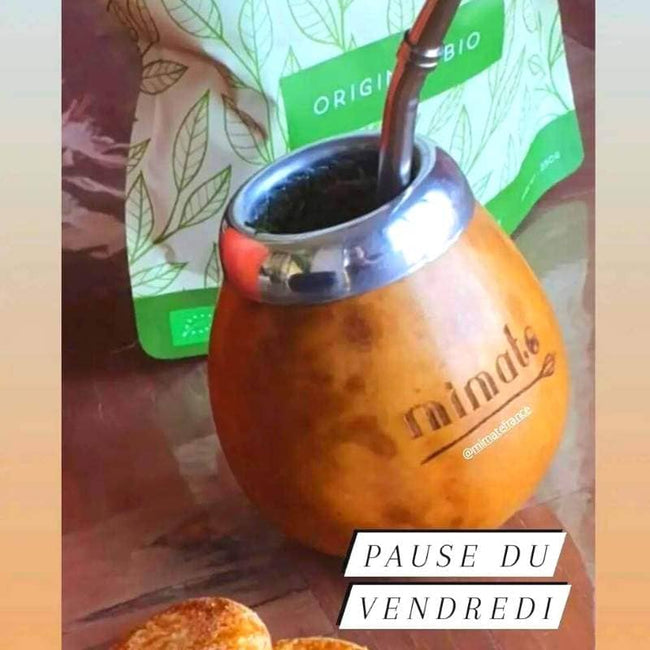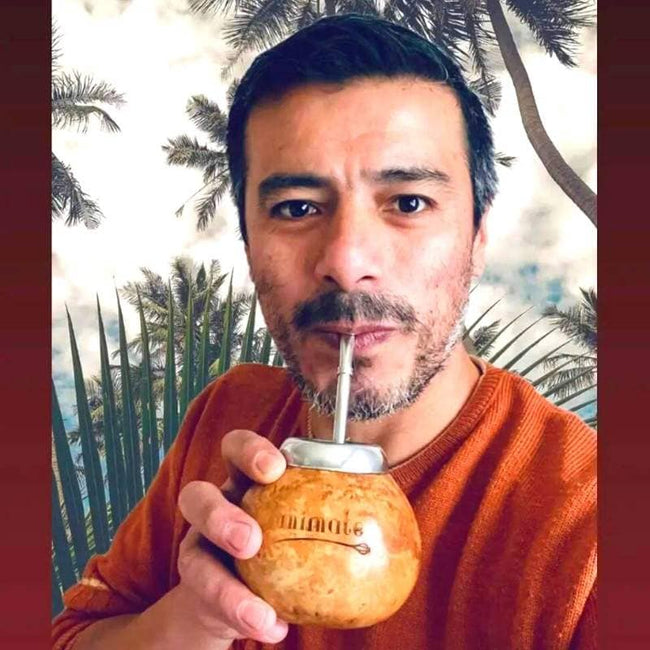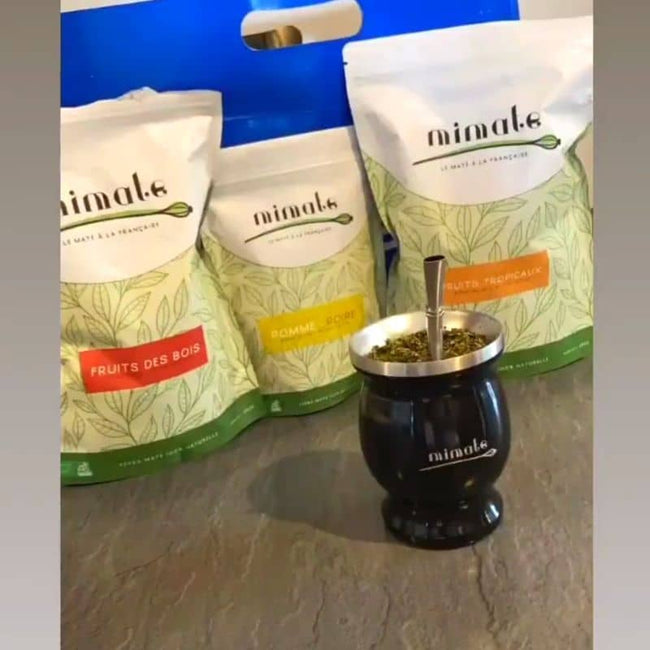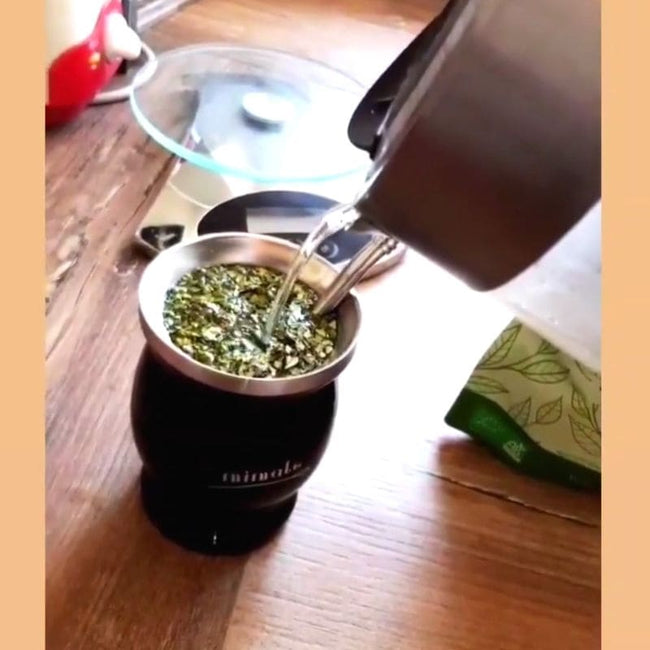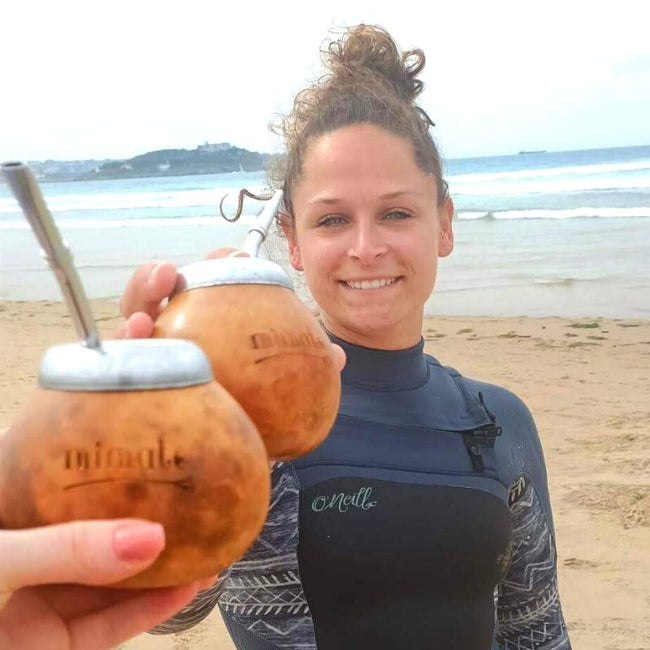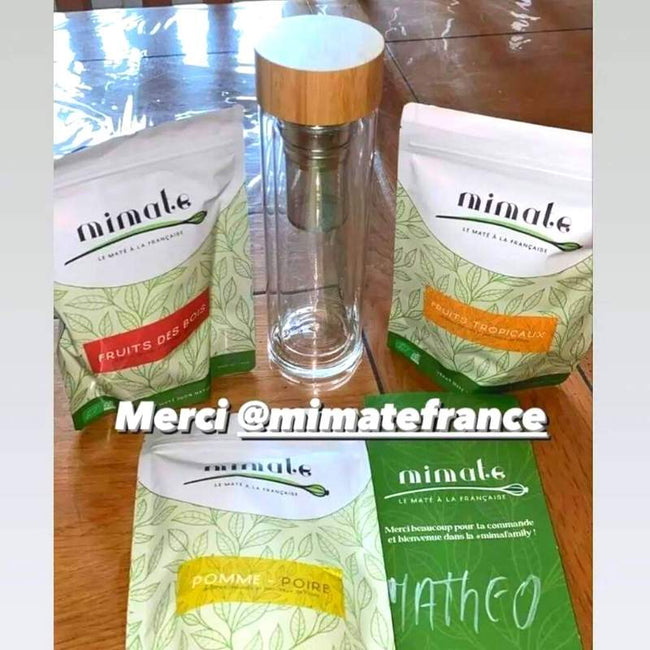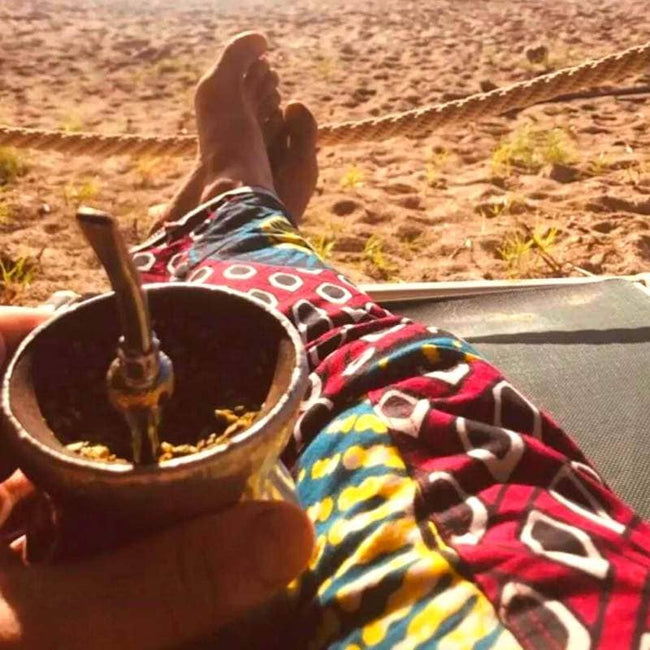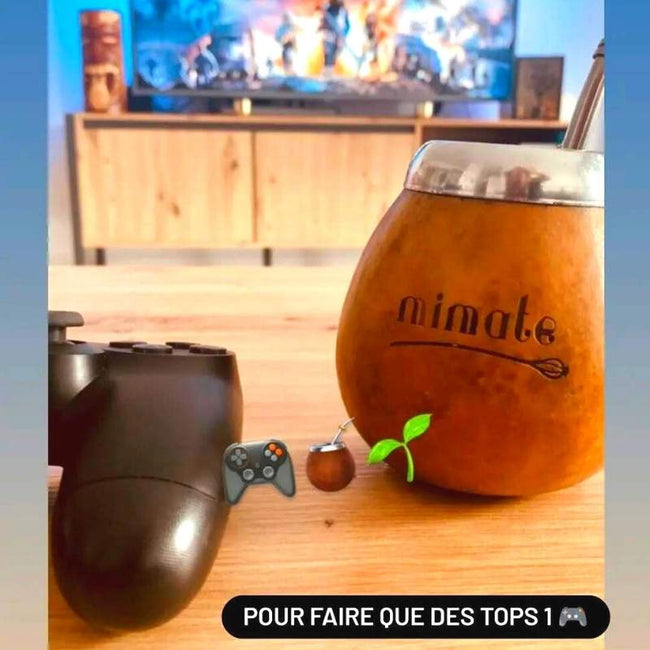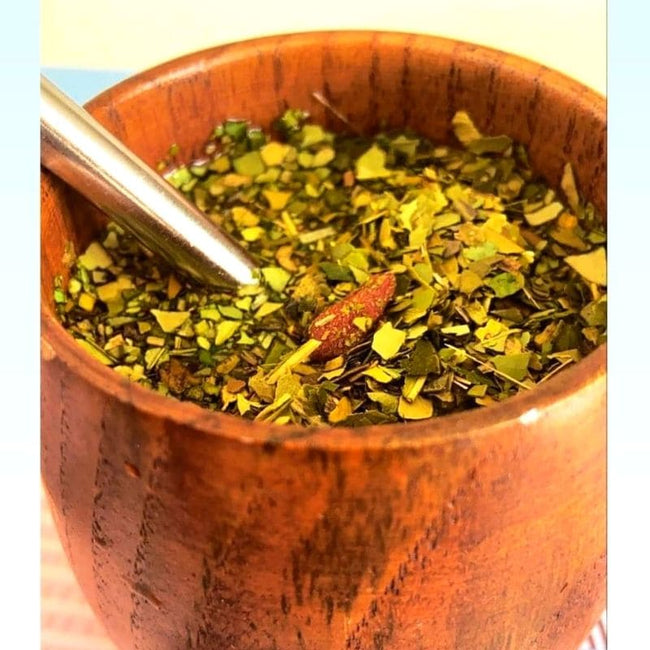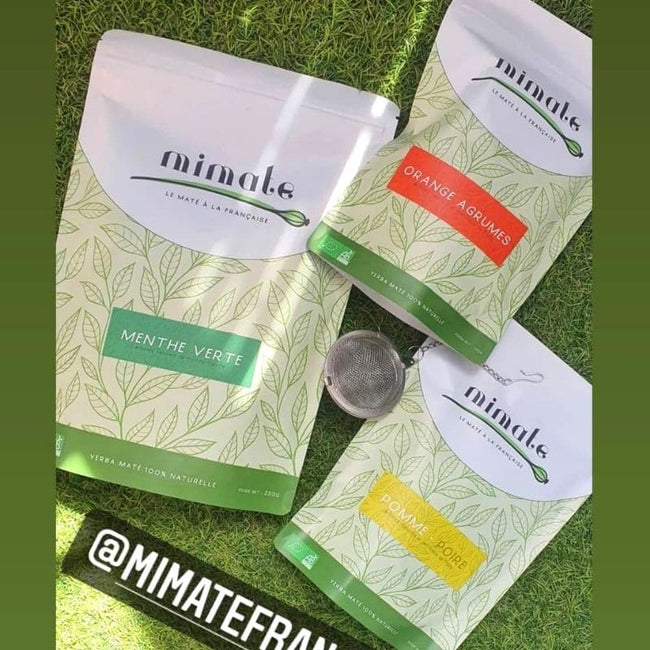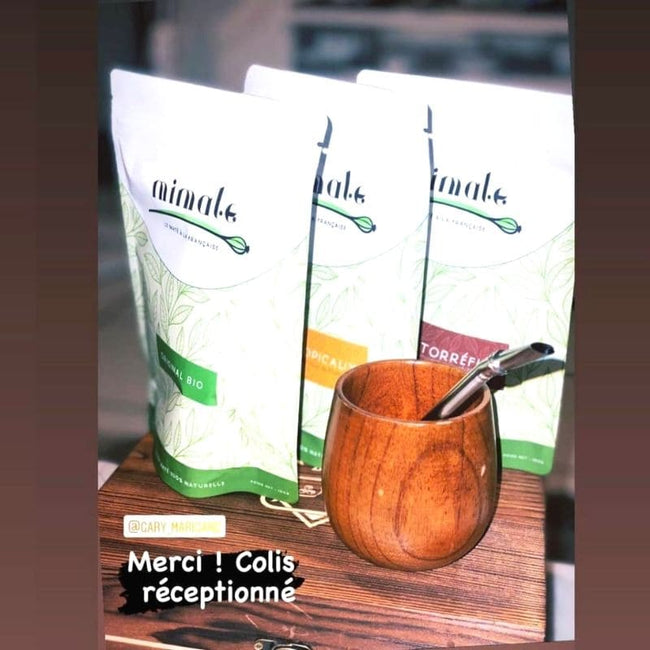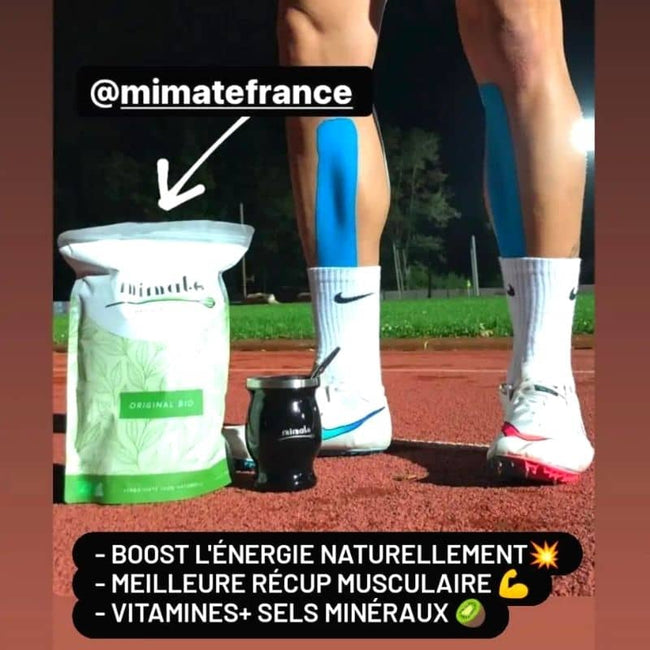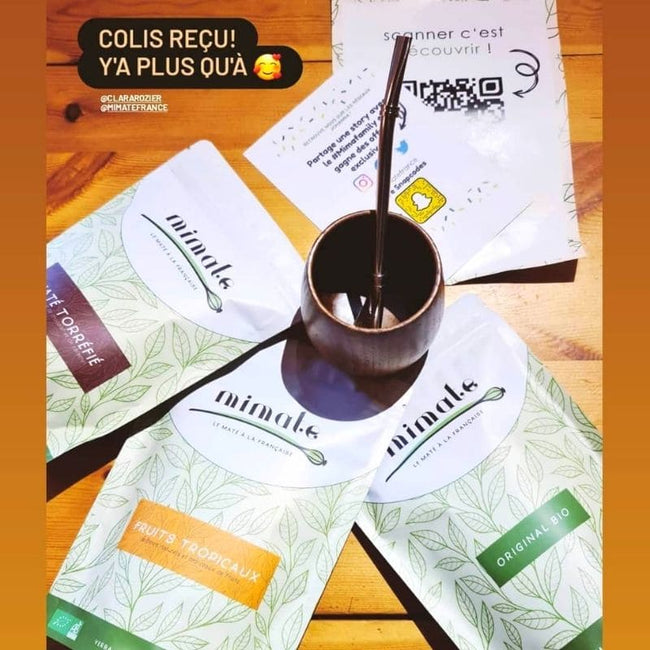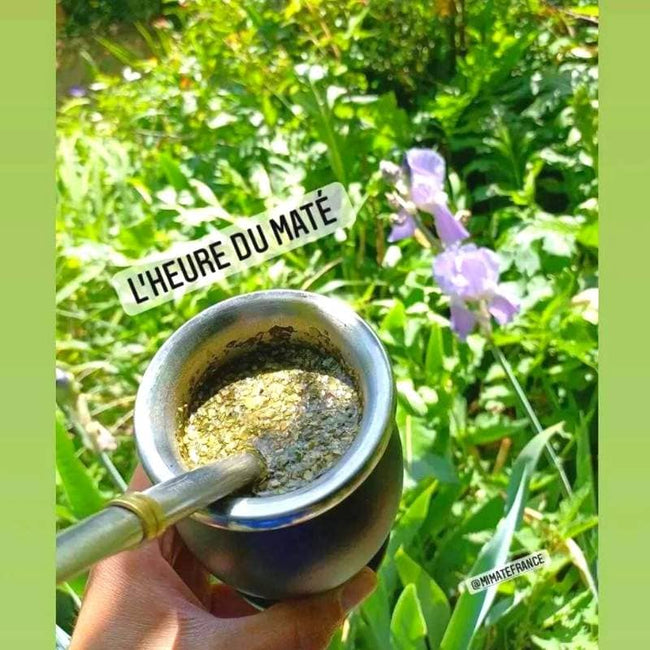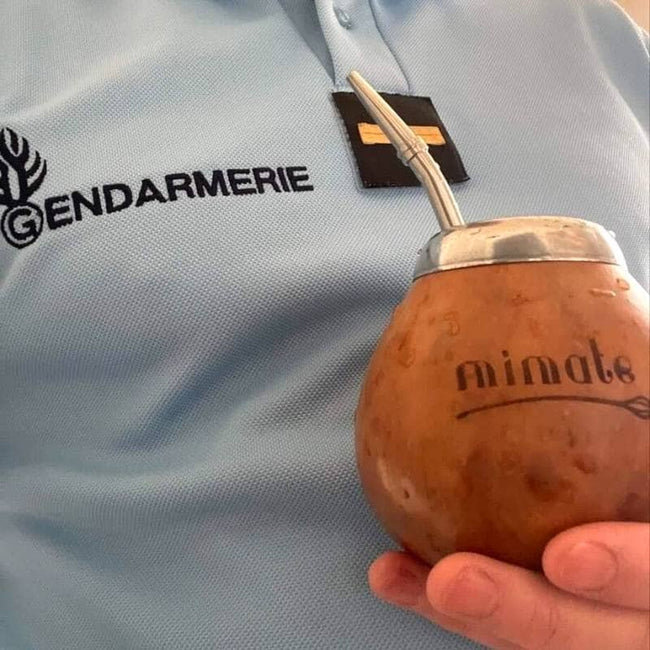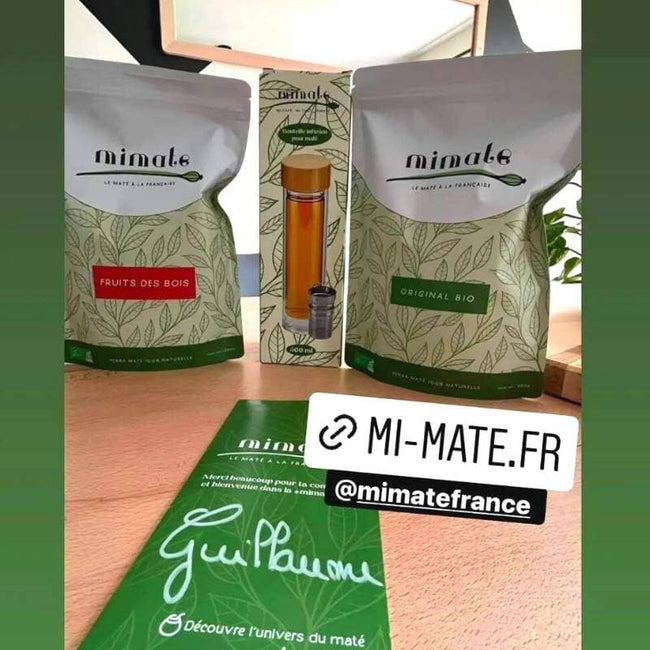Chimarrão , also known as cimarrón or mate amargo, is a very popular drink in Brazil , especially in southern states such as Rio Grande do Sul, Santa Catarina and Paraná.
Although it is often confused with Argentinian and Uruguayan mate, it has significant differences in preparation , taste and usage .
Preparation :

Unlike traditional mate, which is prepared with hot water, chimarrão is prepared with cold water . The yerba mate leaves are placed in a calabash (called cuias in Portuguese) and cold water is added. A bombilla (a kind of filtering straw) is then inserted into the gourd to drink the beverage.
Taste :
Chimarrão has a stronger and more bitter taste than traditional mate due to the temperature of the water used. Cold water does not allow the essential oils in yerba mate to release, resulting in a more bitter drink. However, some chimarrão lovers love this intense taste and use it to wake up in the morning or to cool down on hot summer days.
Use :

Chimarrão is a social drink in Brazil, usually shared among friends or family . It is often drunk during celebrations and social events , and is considered a symbol of Brazilian hospitality . It is also known for its stimulating properties, as it contains caffeine and theobromine.
Health benefits:
Like mate , chimarrão is considered a healthy drink . It is rich in antioxidants , vitamins and minerals , and can help reduce stress , improve digestion and boost the immune system . However, as with any caffeinated beverage, it is important not to overdo it and monitor your intake.
In conclusion, chimarrão is a traditional Brazilian drink that has significant differences from traditional mate. Although it tastes more bitter and is prepared

























